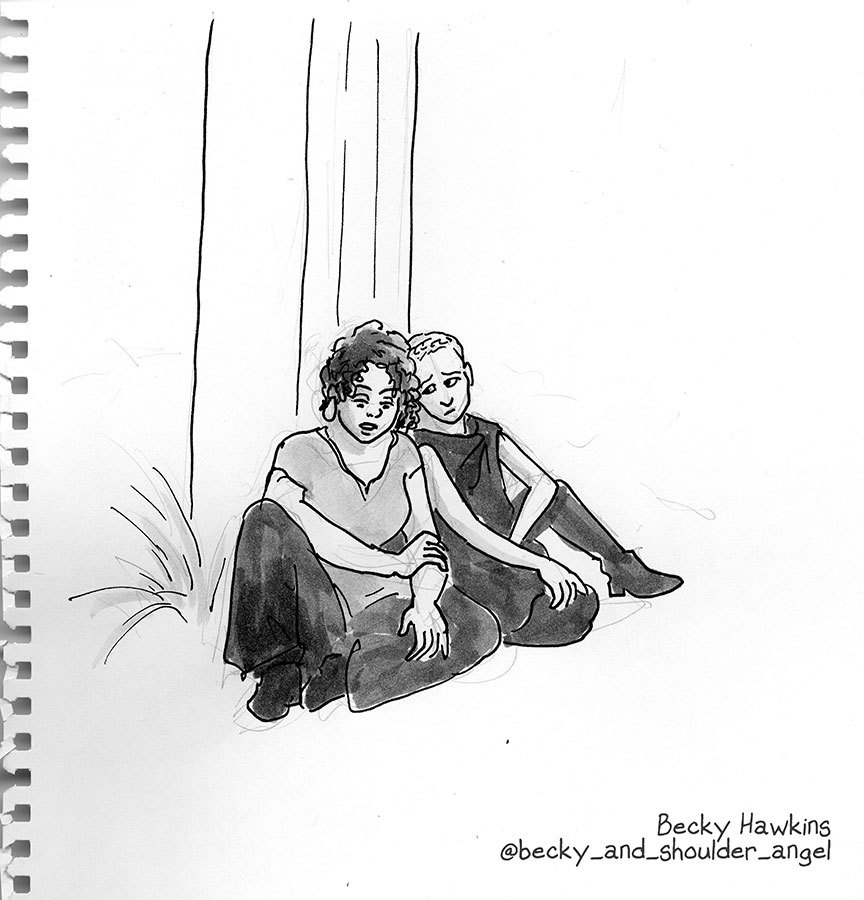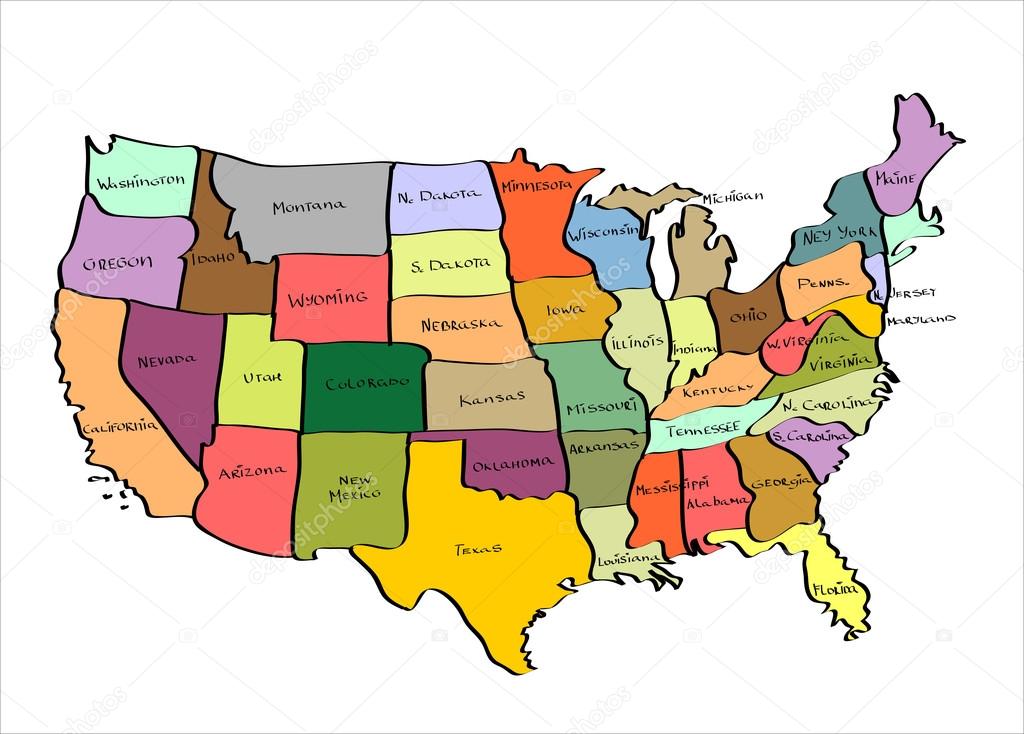
They are about conveying a message in graphic form. We start with breaking the biggest deterrent of all.Ĭomics are not about art. Here, we set out several guidelines that we hope will convince more scientists that drawing your own comics is simpler than you think. It both reduces the levels of intimidation associated with presenting scientific results to a wide audience and breaks down the barriers to understanding that often come with new science. Third, though not all topics and situations are suited to the use of humor, employing humor can engage nonexperts and experts alike. Second, using metaphor makes information memorable in ways that literal descriptions do not. First, presenting ideas visually is an effective entry point to complex ideas.

Here, we focus on three key opportunities provided by comics. Broadly, all of these avenues represent different ways of promoting work to others. Certain journals have a “cartoon” category for submission so that the comic will appear in a citable form in publication. Science comics have also been included in research studies to enhance the story and facilitate understanding by a broader audience. A vibrant and growing scientific community on social media makes this a particularly effective method for expanding the intended audience i.e., particularly engaging comics are “virally” spread within very short time frames. A recent trend is for scientists and artists (and scientist-artists) to capture the content of talks at conferences, or indeed entire meetings, as graphical notes. In public health education, comics have long been recognized as an effective tool for reaching lots of different populations for education on subjects like cancer, fitness, and diabetes, to name only a few. Comics can be used to punctuate presentations or journal publications to increase impact. Īn effective comic can communicate difficult ideas efficiently, illuminate obscure concepts, and create a metaphor that can be much more memorable than a straightforward description of the concept itself. There are a number of science- and academic-oriented comics in circulation, including xkcd, PHD, and the authors’ own Errant Science and RedPen/BlackPen. Comics can take multiple forms, from the single panel one-liner, to multiple panels, to graphic novels that span multiple pages. Comics often employ humor, but their narratives can be exclusively informational in nature or can deal with nonhumorous topics. The ideas that they explain are complicated, but by simplifying them down to the core messages and by providing simple visual analogies, the comics educate and engage the groups that other media cannot always reach.Ī comic is generally an illustration that employs metaphor and/or storytelling to clearly communicate an idea to a broad audience. These comics are widely appealing to a diverse audience and are posted on walls in laboratories and pubs alike. There are few scientists who haven’t heard of Randall Munroe, the artist behind the web comic “xkcd”, which features amazing graphic explanations on everything from climate change to data storage. Yet they are also providing a platform for a renaissance of one of the simplest and most effective methods for communicating ideas-comics. These new communication channels seem to support endless innovations in the development of videos, interactive quizzes, and instant feedback. Social media outlets like Twitter, Facebook, Instagram, and Tumblr have expanded the reach of science communication within and across scientific disciplines and to the lay public.

Technology has greatly helped expand the range of teaching styles that a lecturer can call on to reach more people in new ways.

It also has a role in peer-to-peer communication and wider dissemination of ideas throughout the community. This drive for engagement is crucial to both helping recruit the next generation of scientist and highlighting the impact and role science has in public life.

From calls for journal papers to be simpler and more accessible to encouraging scientists to take a more active role through community engagement, there is a drive to demystify and improve public understanding of and engagement with science. Institutions around the world are in a constant struggle to improve science communication.


 0 kommentar(er)
0 kommentar(er)
